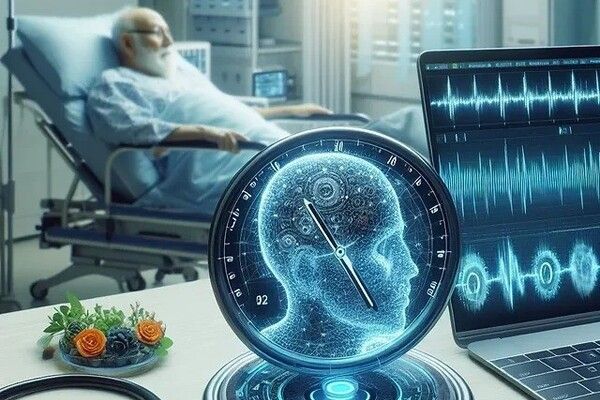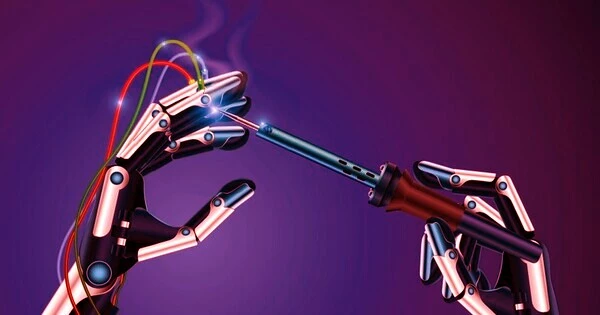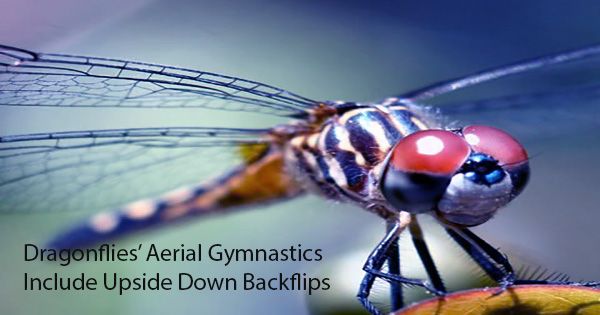Artificial intelligence created to model written language can be used to forecast future occurrences in people’s lives. A study conducted by DTU, the University of Copenhagen, ITU, and Northeastern University in the United States demonstrates that if large amounts of data about people’s lives are used to train so-called ‘transformer models’, which (like ChatGPT) are used to process language, they can systematically organize the data and predict what will happen in a person’s life, including the time of death.
In a new scientific publication titled ‘Using Sequences of Life-Events to Predict Human Lives’, published in Nature Computational Science, researchers studied health data and labor market attachment for 6 million Danes using a model known as life2vec. After an initial period of training, in which the model learnt the patterns in the data, it was demonstrated to outperform other advanced neural networks (see fact box) and predict outcomes like as personality and time of death with high accuracy.
“We used the model to address the fundamental question: to what extent can we predict events in your future based on conditions and events in your past? Scientifically, what is exciting for us is not so much the prediction itself, but the aspects of data that enable the model to provide such precise answers,” says Sune Lehmann, professor at DTU and first author of the article.
What’s exciting is to consider human life as a long sequence of events, similar to how a sentence in a language consists of a series of words. This is usually the type of task for which transformer models in AI are used, but in our experiments we use them to analyze what we call life sequences, i.e., events that have happened in human life.
Sune Lehmann
Predictions of time of death
Life2vec’s forecasts provide responses to generic questions such as “death within four years.” When the researchers analyze the model’s responses, the results are consistent with previous findings in the social sciences; for example, all other things being equal, individuals in a leadership position or with a high income are more likely to survive, whereas being male, skilled, or having a mental diagnosis is associated with a higher risk of death. Life2vec encodes data in a huge system of vectors, which is a mathematical structure that organizes the various data. The model determines where to place data on birthdate, education, salary, housing, and health.
“What’s exciting is to consider human life as a long sequence of events, similar to how a sentence in a language consists of a series of words. This is usually the type of task for which transformer models in AI are used, but in our experiments we use them to analyze what we call life sequences, i.e., events that have happened in human life,” says Sune Lehmann.

Raising ethical questions
The article’s authors point out that the life2vec model has ethical concerns, including the protection of sensitive data, privacy, and the impact of bias in data. These problems must be better understood before the model may be used to, say, assess an individual’s risk of developing an illness or other preventable life occurrences.
“The model opens up important positive and negative perspectives to discuss and address politically. Similar technologies for predicting life events and human behaviour are already used today inside tech companies that, for example, track our behaviour on social networks, profile us extremely accurately, and use these profiles to predict our behaviour and influence us. This discussion needs to be part of the democratic conversation so that we consider where technology is taking us and whether this is a development we want,” says Sune Lehmann.
According to the researchers, the next step would be to incorporate other types of information, such as text and images or information about our social connections. This use of data opens up a whole new interaction between social and health sciences.
The research project
The research project ‘Using Sequences of Life-Events to Predict Human Lives’ uses labor market data as well as data from the National Patient Registry (LPR) and Statistics Denmark. The dataset includes information on all 6 million Danes, such as income, pay, stipend, work type, industry, and social benefits. The health dataset comprises information about visits to healthcare experts or hospitals, as well as diagnoses, patient types, and levels of urgency. The dataset runs from 2008 to 2020, but several studies focus on the 2008-2016 period and a sample of individuals based on their age.
Transformer model
A transformer model is an AI, deep learning data architecture used to learn about language and other tasks. The models can be trained to understand and generate language. The transformer model is designed to be faster and more efficient than previous models and is often used to train large language models on large datasets.
Neural networks
A neural network is a computer model based on the brain and nervous system of humans and animals. There are numerous types of neural networks (e.g., transformer models). A neural network, like the brain, consists of artificial neurons. These neurons are linked and can send information to one another. Each neuron gets input from other neurons and then calculates an output, which is subsequently passed on to other neurons.
A neural network may learn to solve problems by processing enormous volumes of data. Neural networks use training data to learn and increase their accuracy over time. But once these learning algorithms are fine-tuned for accuracy, they are potent tools in computer science and artificial intelligence that allow us to classify and group data at high speed. One of the most well-known neural networks is Google’s search algorithm.
















